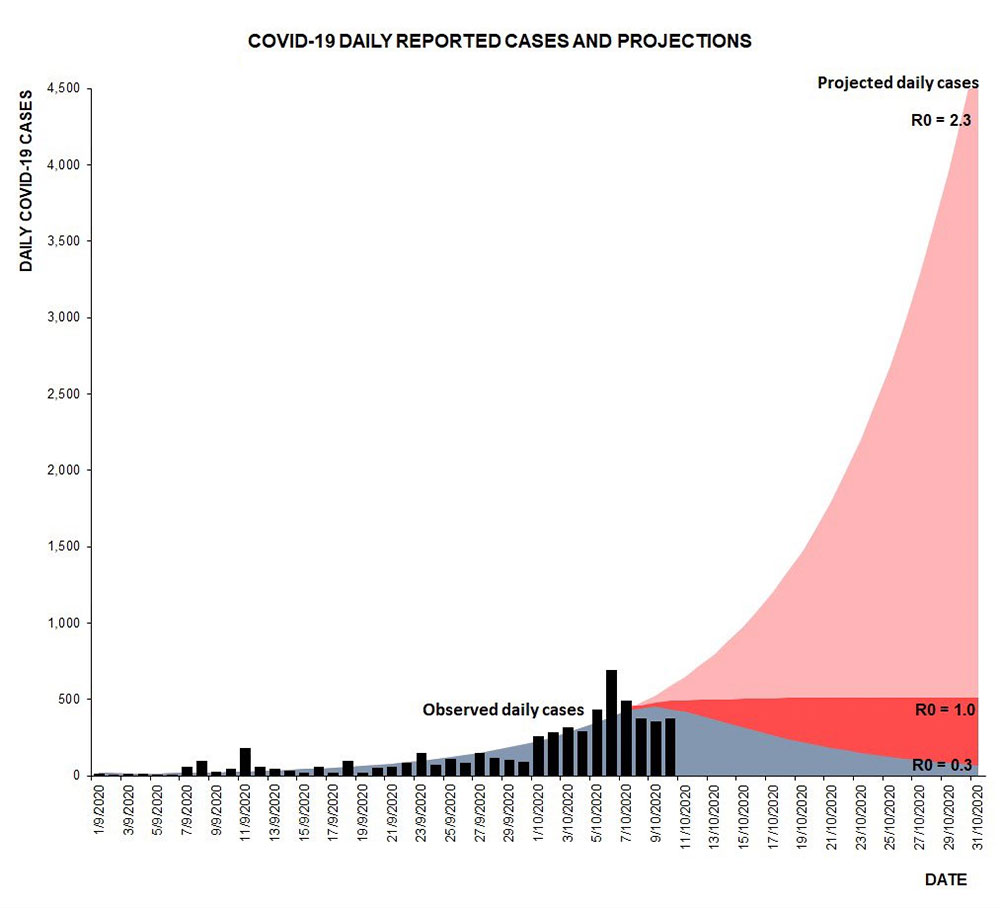Sabah's public healthcare might collapse in the next few weeks if cases continue to rise at the same rate in the Borneo state, experts warned.
This is despite reinforcements sent from the peninsula, the experts told the New Straits Times.
Looking at the daily rate of infections, the reinforcements might not be able to keep up with intensive care unit (ICU) demands, according to epidemiologist Dr Awang Bulgiba Awang Mahmud (above).
"The number of critical cases is rising rapidly in Sabah and may overwhelm ICUs. Although more ventilators have been sent to Sabah, every ICU bed requires four nurses and equipment. As such, sending more ventilators is not enough."
Awang said hospitals in neighbouring Sarawak might also be too far to relocate patients to, if the Sabah hospitals can no longer cope.
Last week, Malaysiakini, citing medical frontliners, reported that Sabah hospitals are facing critical conditions as cases rise unabated.
In response, Health director-general Dr Noor Hisham Abdullah said the system is “tested but still operating well”.
On Oct 14, he said 71 percent of all beds allocated for Covid-19 patients have been filled while 57 percent of ICU beds were occupied.
'Use other indicators to reflect the situation'
Meanwhile, Awang said using the R0 or Rt as a sole measurement of severity might not reflect the situation on the ground.
For example, despite the dire public healthcare conditions in Sabah, the Rt for the state is currently lower than Selangor due to variances in population density and distribution of cases.
"Epidemiologists do not just depend on a single number (the Rt) to monitor any outbreak or to decide on infection control measures.
“I suggest that we use an index which includes indicators, such as cases per capita, deaths per capita, test positivity rate, doubling/halving time, the ratio of new cases to discharges, percentage of beds occupied, locality-specific Rt, cluster-specific Rt, spatio-temporal correlation values, virus genotype and more, (as an indicator for the healthcare system)," Awang added.
The Rt measures the likelihood of an infected patient to infect others. If the Rt is 2, for example, this means one infection will cause another so cases will grow exponentially thus overwhelming the healthcare system.
On Oct 12, Noor Hisham said the ministry projects that the Rt could reach 2.3 by the end of the month if public health measures imposed do not work.
This includes different tiers of movement control orders imposed on Klang Valley, Sabah, Labuan and parts of Penang and Kedah.
The ministry hopes to bring it down to 1, or in the best case scenario, 0.3.
Cases in Sabah tripled in mid-September
Doubling time, meanwhile, is the average length of time it takes for the number of cases to double.
According to an analysis by health news website CodeBlue, the doubling time for Sabah was almost a month in August but this swiftly changed as the campaign started for the Sabah election.
“On Sept 1, the Health Ministry reported nine cases, and within six days on Sept 7, coronavirus cases multiplied by almost a factor of six to 51 cases.
“From Sept 7 till Sept 11, within four days, daily Covid-19 infections in Sabah almost tripled from 51 cases to 167 cases,” it noted.
It said cases have not doubled in Sabah since Oct 11 but the state has consistently recorded triple-digit rises daily.
University Putra Malaysia epidemiologist Dr Malina Osman said another measure to understand the severity is the backlog in non-Covid-19 patients seeking treatment.
"Besides the infectivity rate, we can consider a healthcare system is strained when more health personnel become infected and when critical Covid-19 cases are increasing.
"Another important indicator is when there is a backlog of non-Covid-19 patients because other major healthcare facilities are forced to shut down temporarily,” she told the New Straits Times. - Mkini





No comments:
Post a Comment
Note: Only a member of this blog may post a comment.